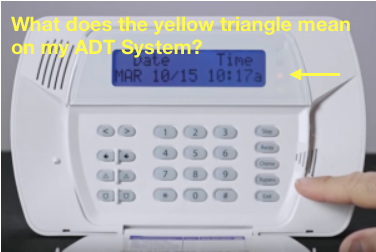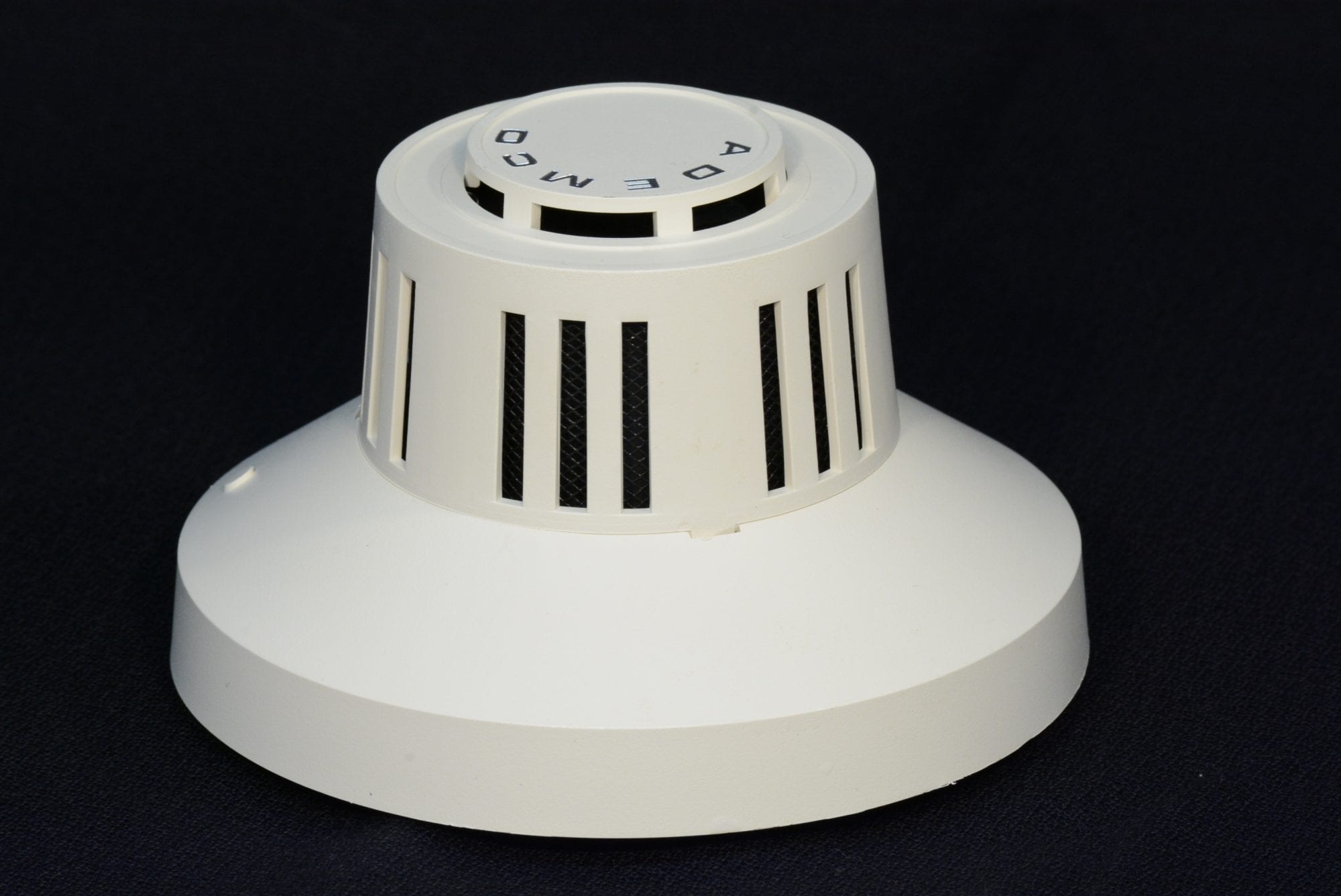

- #Dsc alarm panel smoke detector how to
- #Dsc alarm panel smoke detector manual
- #Dsc alarm panel smoke detector free

#Dsc alarm panel smoke detector free
If you haven't done so already, get a few Free Home Security Systems Quotes from companies in your area.
#Dsc alarm panel smoke detector manual
See the diagram inside the lid or the installation manual for fuse locations, and replace if necessary.Īfter checking everything inside the main alarm panel, complete the troubleshooting procedure by checking connections in the field. Get the best deals on DSC Home Smoke & Gas Detectors when you shop the largest online selection at. If there is still no power at the terminals, the panel may have a blown fuse or bad power supply circuit. Also check that you have the correct terminals identified on the circuit board. If not, check the meter for correct range and scale. If you get a reading there, your meter is set correctly. If not, test your meter settings by touching the probes to the positive and negative battery terminals. Your meter should read something near 12 volts, give or take a volt. Touch a probe to each power terminal on the panel, red to positive, black to negative. Set your multimeter to the DC Volts scale, set to a range greater than 12 volts. If it’s not, there is at least a partial ground on the corresponding wire. The reading should be very high, or “OL”. A screw that fastens the board to the enclosure will also work. If there is none labeled ground, touch the probe instead to a bare part of the metal enclosure. Connect a meter probe to each wire, in turn, and touch the other probe to the “ground” or “earth ground” terminal on the panel circuit board. Next, check for a possible ground on the smoke alarm circuit. This will save your ears in case you accidentally trip the smoke alarm circuit while testing. If your system is monitored, be sure to call the central monitoring station and put the alarm on “Test” for an hour or two.Īlso, disconnect one wire from the siren output terminals. For more on fire zones themselves, see Smoke Detector Circuit Basics.įor information about maintaining smoke alarms, see System Sensor Smoke Detectors, Cleaning and Testing. This page deals with the main panel connections.įor details on connecting fire alarm zones, see this page on smoke detector wiring. These steps can be done in either order, as long as you keep track of your findings at each location. You’re more likely to find issues with wiring and/or smoke detectors than with the main panel itself. The second part is Troubleshooting Smoke Alarm Wiring at the detectors. This is the point where the wiring connects to the smoke alarm circuit. This page covers the first part, checking connections inside the panel. Troubleshooting smoke detector problems is a 2-part process: You’ll need an analog or digital multimeter to measure resistance and voltage, wire strippers, and possibly a ladder to reach your alarm panel and smoke detectors. If you’re a handy person, a home security DIY type, or an aspiring alarm technician, I can walk you through the troubleshooting process. If you’re pretty sure the problem is with a smoke detector tied to your security system, you may want to try locating the problem yourself.
#Dsc alarm panel smoke detector how to
See how to handle the situation here: How to Stop a Beeping The module separates out the smoke and CO zones before going back to the panel.If you have a fire alarm beeping, but the alarm keypad is clear, chances are that it’s not part of your home alarm system.īeeping unit is most likely a 110-volt smoke alarm with a failingīattery. You can run 12 combo units per module and the module provides the reversing relay action for the COSMO4W which contain sounders.

The COSMO4W is a combination smoke and carbon monoxide detector and has to be used with the COSMOD4W module. The last item you'll find here is the COSMO4W and COSMOD4W. If you want all sounders in these smokes to sound then you'll need a reversing relay module like the RRS-MOD. The next smoke in the four wire lineup is the 4WTA-B which is the same as the 4WT-B, but comes with a built-in sounder for alerting those in the immediate area that there is a fire in the building. These cannot only sense smoke but can also sense heat when temperatures reach 135 degrees. The next smoke you'll want to pay attention to if you're looking for a smoke detector that can sense heat is the 4WT-B model. These can be used on any 12 or 24 volt system and have a maximum 20 mA draw. This model is great for sensing smoke on any level or in any area of your home or business. If you're needing a simple four wire smoke detector then the 4W-B is the perfect fit.


 0 kommentar(er)
0 kommentar(er)
